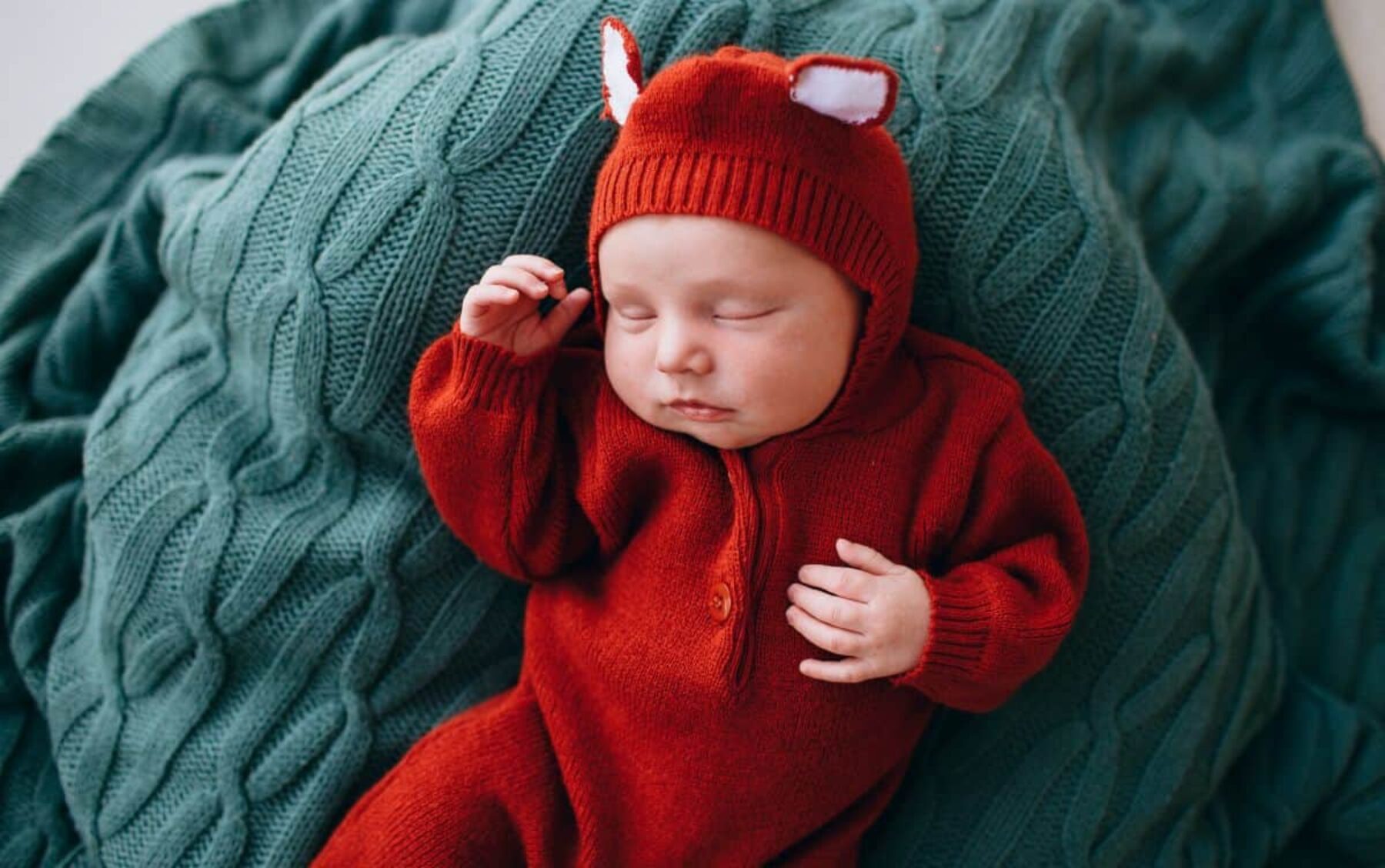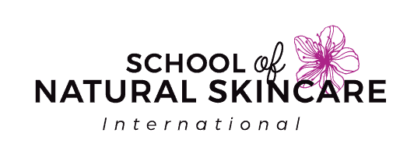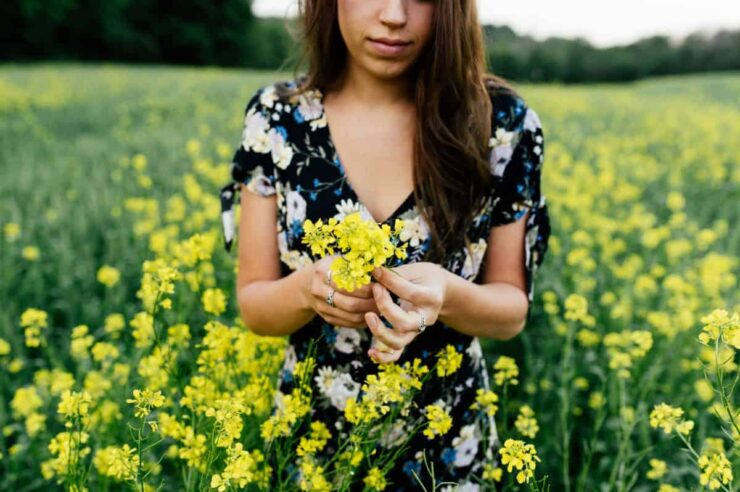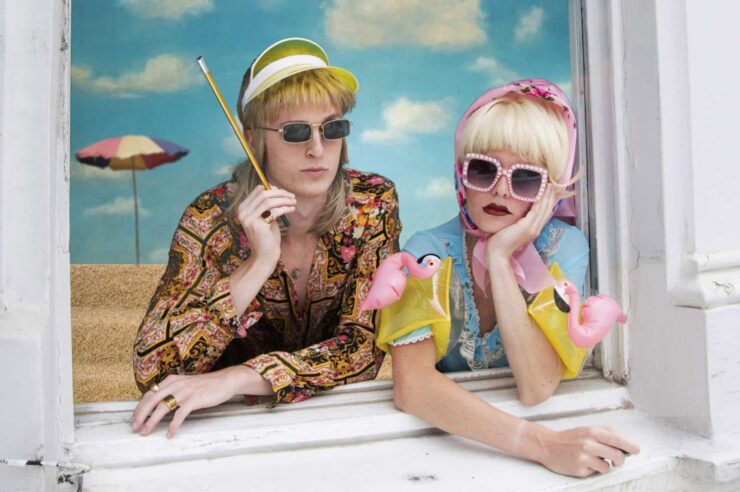Not satisfied with mainstream options, these women launched natural skincare lines especially suited to children’s delicate skin
An important event in 2011 would spark a significant lifestyle change for Hertfordshire mum, Denisse Garcia. She had given birth to a healthy baby girl, but upon reviewing the hospital notes, Garcia was unhappy with their decision to carry out the delivery via caesarean section. At the time, she didn’t realise she had much choice about how her baby was born, and would have preferred a more natural birth without intervention.
When Garcia became pregnant with her second child three years ago, she was determined to have a home birth. In the time between having her children, she had started to embrace a lower impact, more natural and sustainable lifestyle. “I became a vegetarian after having my first child, and that led me to a journey of embracing a more holistic lifestyle; learning about new things and questioning everything, including what I was putting on my child’s skin,” she says.
Motivated by the positive experience she subsequently had giving birth to her second daughter at home, she opened her own business, Nourishing Mama, selling at first dried, organic herbs to ease and support labour and recovery. Then, spurred on by the success of her early product launches, and bolstered by knowledge from the course that she had been taking via the School of Natural Skincare, Garcia decided to branch out. She began selling handmade mum and baby-friendly products such as cradle cap salve, natural nappy rash balm and body butters for blooming bellies.
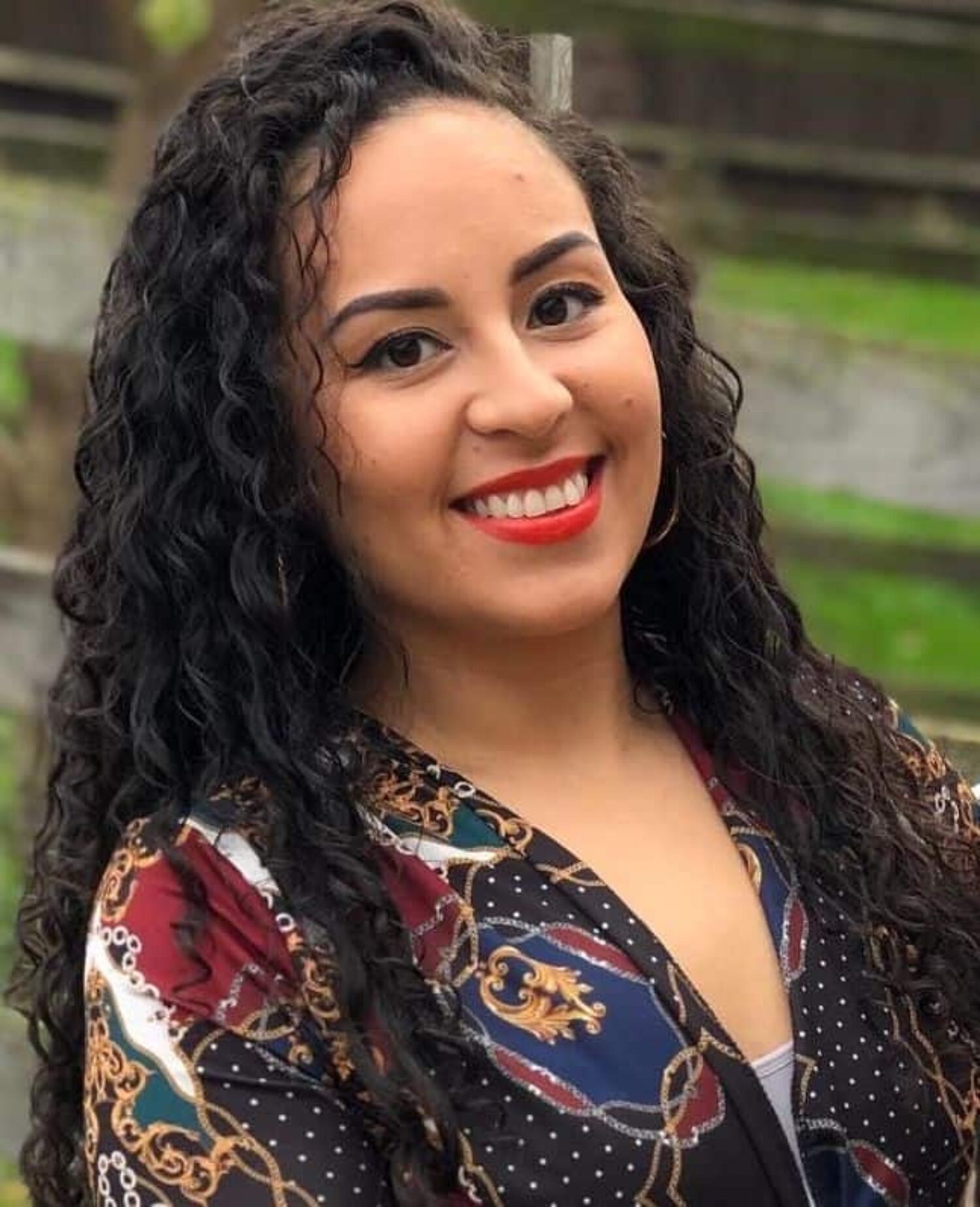
Denisse Garcia is the founder of Nourishing Mama
With babies’ and children’s skin being notoriously sensitive, finding products that help rather than hinder can be a challenge. According to Tina Svetek, a formulation tutor and biotechnologist at the School of Natural Skincare, the epidermis is approximately 20 per cent thinner in infants than in adults. This is the uppermost layer of our skin and the main barrier protecting our bodies. “For this reason, children’s skin is more likely to lose moisture and become dry,” she says. “Thinner skin also means irritants enter the skin more easily, making baby skin much more prone to irritation due to foreign substances, such as fragrance in cosmetics.”
For mum-of-two Aparna Telang Tuli, this was an all-too familiar experience. As a child, she had often suffered from skin irritation, which she eventually linked to products rather than anything she was eating. And when Tuli had a daughter of her own, she ended up with similar afflictions. Growing up in north India, Tuli’s parents had made use of local ingredients to soothe her. “My mum used to find natural solutions; we used neem [a herb found in some tropical regions] and different things that were very locally available. And my dad would refer back to things that his mum used to do for him,” she says.
With this tradition already a part of her family, making her own products felt, well, natural. She likens the process to cooking healthy food for her family. “I would rather cook the meal myself and give it to my daughter knowing that everything in it is nutritious, with no pesticides and chemicals, rather than going out and picking up something, which is a shortcut.”
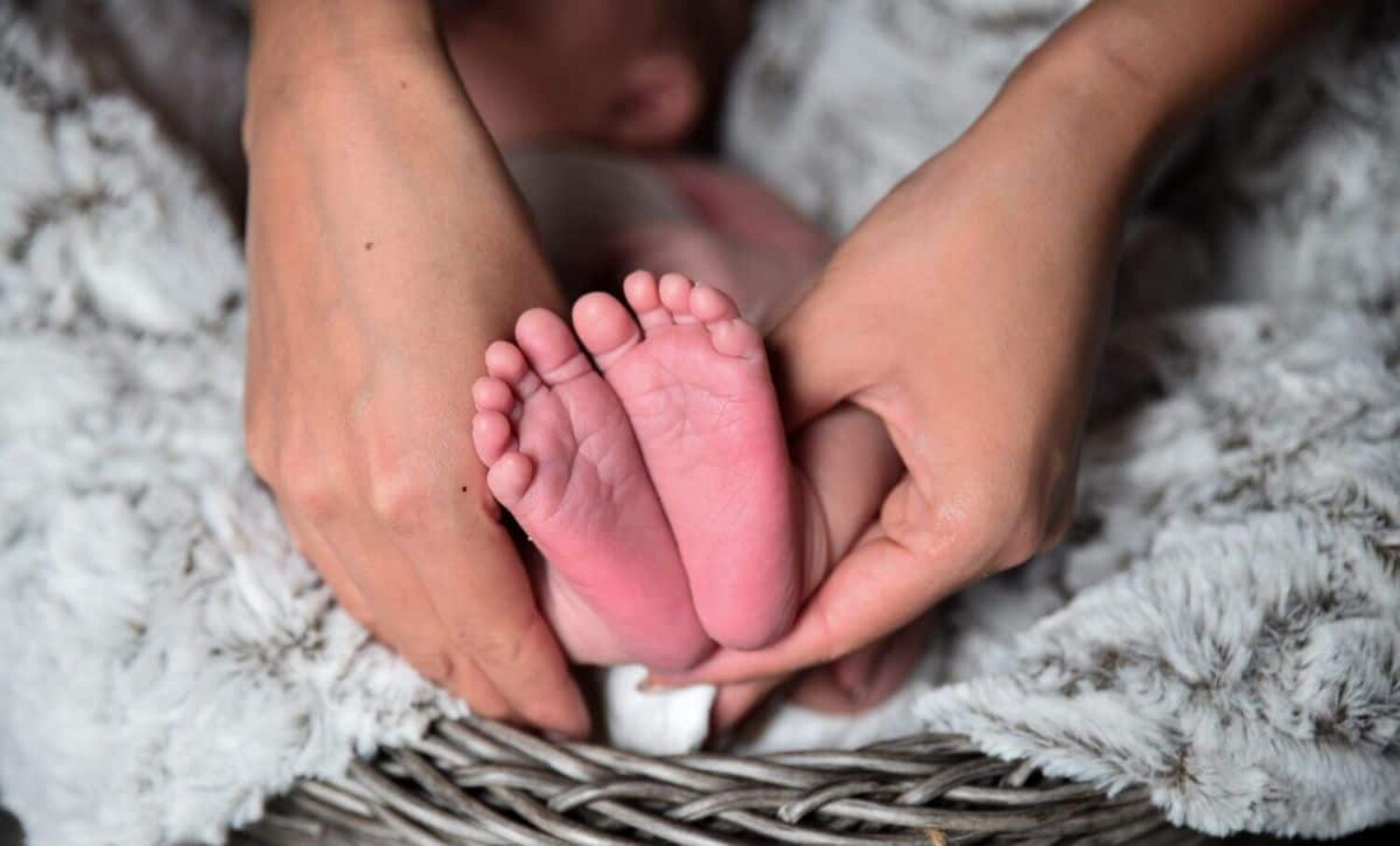
The epidermis is believed to be 20 per cent thinner in infants than in an adults. Image: Eric Froehling
As a self-employed operational consultant in the dry-cleaning industry, Tuli found herself with more time when lockdown hit. Like Garcia, she had also taken a course through the School of Natural Skincare, and she was eager to put her newfound knowledge to use.
“I was enjoying making natural products, and my family and friends were enjoying trying them out too. And I was constantly being asked: ‘can you make more orders?’”
So that’s exactly what she did. Zizu Organics will officially launch in early 2021 and will carry two-in-one hand and lip balms, scrubs and moisturising bars. With her Indian heritage in mind, Tuli has been experimenting with ingredients such as neem, turmeric, sandalwood, eucalyptus and ashwagandha [Indian ginseng], and she often incorporates coconut oil into what she makes.
“The key ingredient that I work with is coconut oil as I am inspired by my paternal roots,” she says. When she was younger, her family grew and harvested coconut trees, and extracted the oil. Today, they still run an oil extracting mill in her village, and her cousins have set up a facility that processes the fruit for various purposes. “Everything from the fruit is used and reused.”
Is it difficult to make your own products for your family? Garcia doesn’t recommend homemade products for infants under three months, getting too experimental with essential oils or trying to integrate SPF protection, but otherwise: “If you’re making, say, a body butter for you and your kids, it’s pretty simple,” she says.
Svetek from the School of Natural Skincare recommends suppliers The Soap Kitchen, Gracefruit or Bay House Aromatics for good quality ingredients.
Recipes to try at home, from the School of Natural Skincare
Equipment
– beaker or other container to mix the ingredients
– small spoon or spatula
– precision scale (you can get inexpensive ones online)
– bain-marie or double boiler
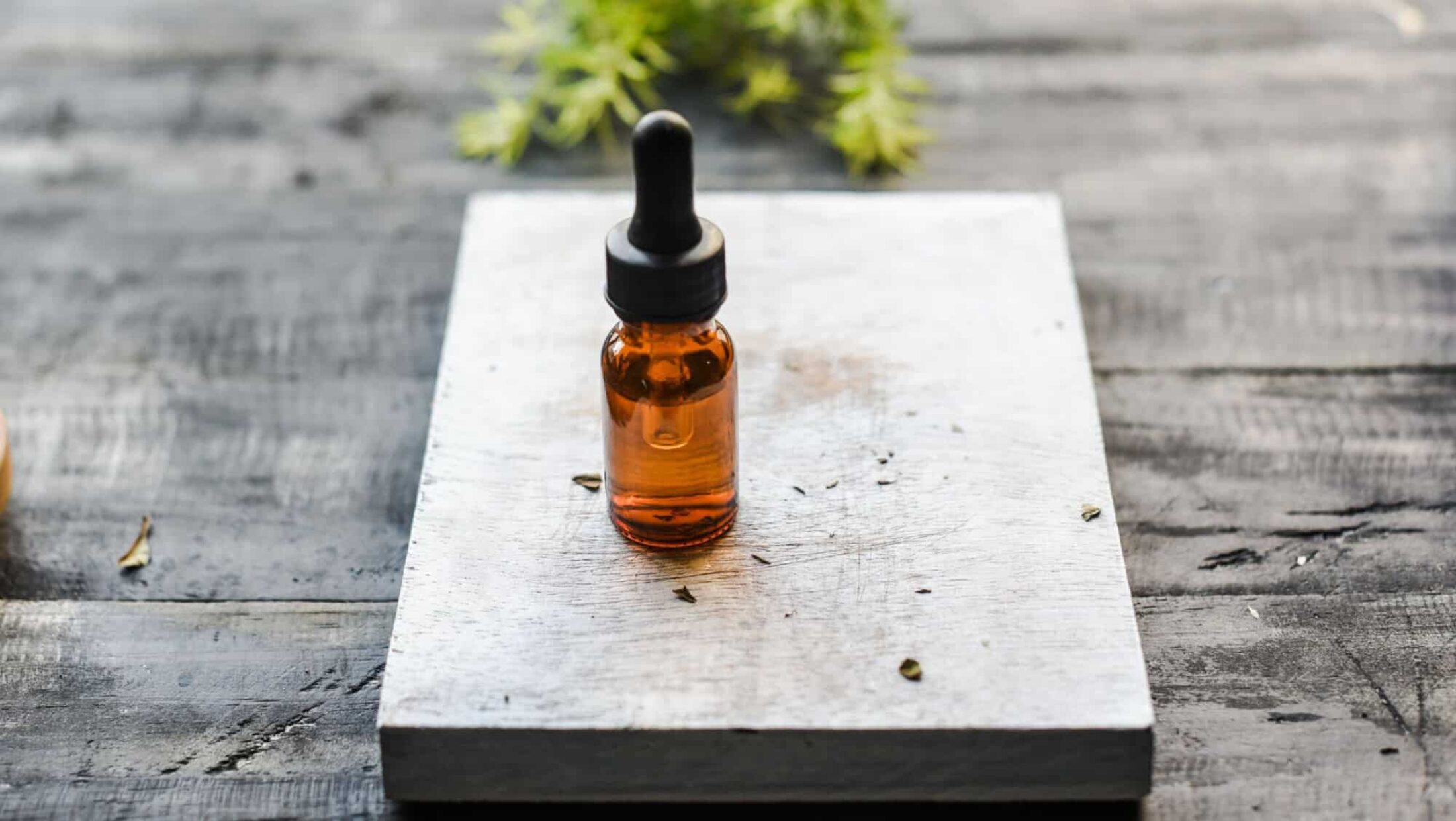
Make your own natural skincare products for children with the recipes below. Image: Anshu
Multi-purpose healing salve
This simple salve can be used to nourish your baby’s skin, protect facial skin from harsh weather and even as a protective nappy balm. The recipe will make 100g.
Ingredients
30g calendula infused oil
24.4g rosehip oil
15g shea butter
10g beeswax
10g cold-pressed coconut oil
10g avocado oil
0.5g lavender essential oil
0.1g vitamin E
Instructions
Put all ingredients except the essential oil in a bain-marie and allow the butter and wax to gently melt. Remove from the heat and allow to cool a little. Add the essential oil and stir. Pour into the jars and let cool.
Chocolate orange lip balm
This is a simple recipe, which can be made at home with the help of a child. This recipe is for a 50g batch, which will make approximately five 10g lip balm sticks.
Ingredients
24.7g sunflower oil
15g beeswax
10g cocoa butter
0.25g sweet orange essential oil
0.05g vitamin E
Instructions
Put all ingredients except the essential oil in a bain-marie and allow the butter and wax to gently melt. Remove from the heat and allow to cool a little. Add the essential oil and stir.
Fill the tubes three-quarters full and allow to cool and set (there will be some shrinkage). Then top up with more balm mixture and allow to set. Allow to cool before putting the lids on.
Main image: Helena Lopes
